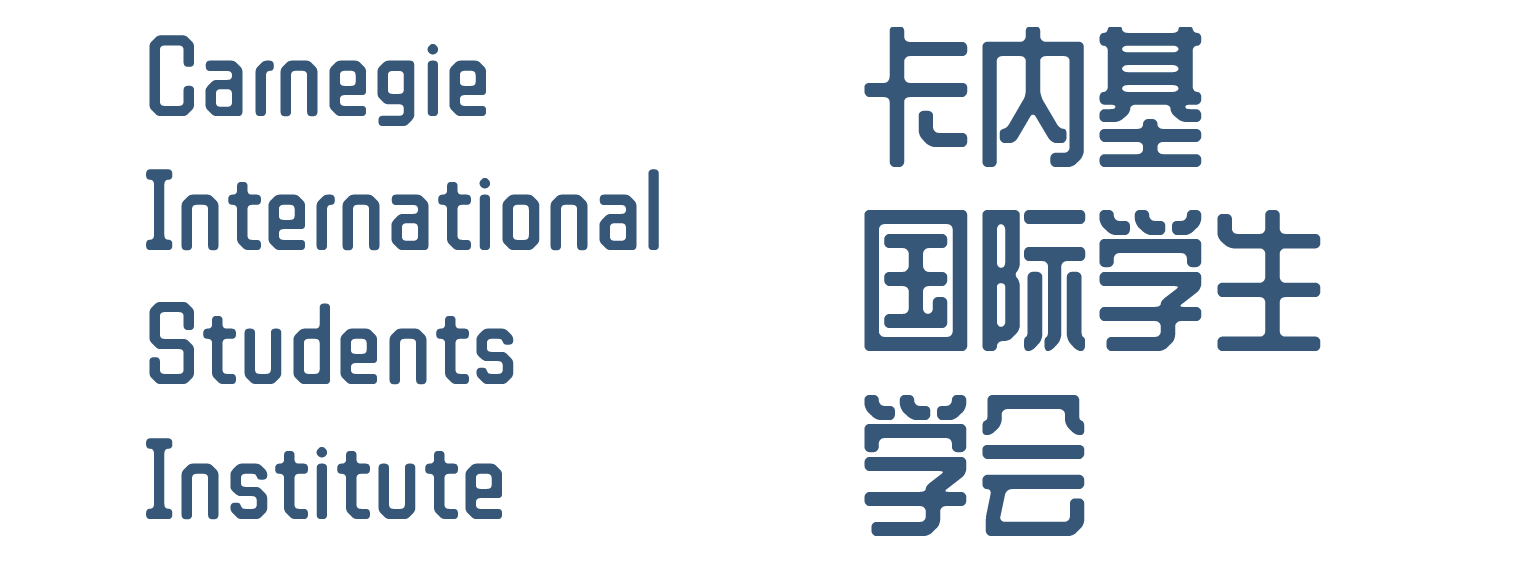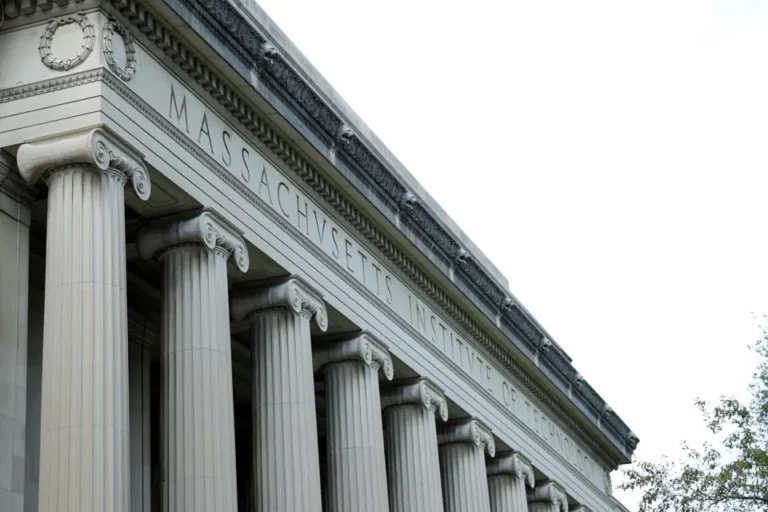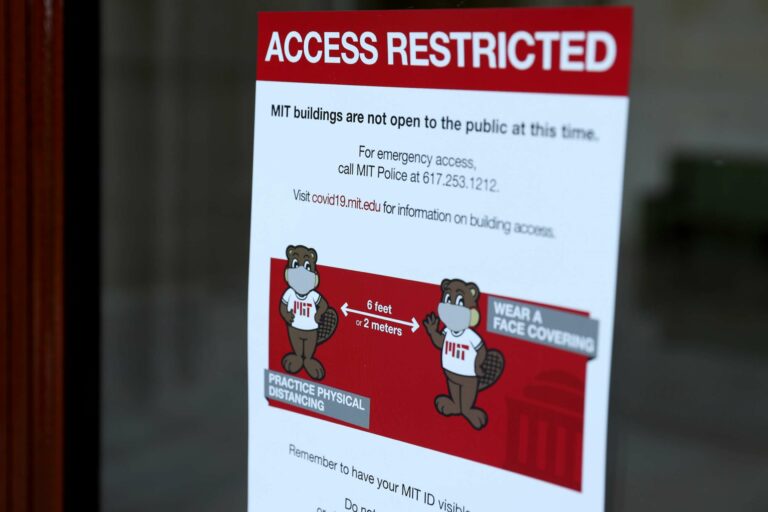The Benefits Of International Partnerships For Higher Education
Colleges and universities across the U.S. face low enrollments as more high school students choose to enter the workforce without getting a degree and as the number of high school graduates shrinks. My university faces the same challenges, and we are exploring options to ensure that we stay relevant and viable in the 21st century.
One way colleges can gain enrollment is to target more adult students by offering flexible class schedules, more online options and additional support such as childcare. Secondly, we must partner with our local and regional business community to meet their workforce needs. A third approach is to build stronger partnerships with foreign universities and colleges.
Going International
Although many universities have study abroad programs that were established long ago, it is prudent to start developing new partnerships and collaborations that take international alliances to a new level. It is becoming necessary for even regional universities like mine to venture into global markets.
Bringing international students to the U.S. helps foster a diverse campus environment and enriches our learning ecosystem with new perspectives. International students are a significant source of revenue for U.S. colleges and universities, as they often pay full tuition and fees. According to a report by the NAFSA: Association of International Educators, international students studying in the U.S. contributed a total of $33.8 billion to the economy during the 2021-2022 academic year. This figure includes tuition and living expenses, as well as the economic activity generated by the students’ off-campus spending and the jobs created by their presence in the country. In addition, many international students contribute to the U.S. economy after graduation by working for American companies or starting their own businesses, further boosting economic growth.
Forging partnerships with international institutions is a win-win for students in the U.S. and abroad. Students in the U.S. meet and attend classes with international students and faculty, which allows them to learn about different cultures. Students from abroad are introduced to U.S. students and faculty and all the opportunities that our country offers.
We need more students in Pennsylvania, ages 18-24, to fill our classes. There are too many universities and more seats than people. In the summer of 2020, 123,407 students graduated from public high schools in Pennsylvania, but according to the National Student Clearinghouse Research Center, there were 619,699 students enrolled in degree-granting institutions in Pennsylvania that fall. Based on these numbers, it appears that there are more seats available at the college level than there are high school graduates. Not all high school graduates attend college; some choose to attend out-of-state institutions or pursue other post-secondary options.
According to the United Nations, India has surpassed China as the world’s most populous nation. India’s National Education Policy, NEP 2020, aims to increase enrollment in all schools, including higher education. By 2035 their goal is to have at least 50% of their population earn a post-secondary credential. It is likely that India cannot accomplish this goal with their current number of universities. U.S. universities can fill this need.
During the holidays, I represented Millersville University on two international trips: India and Ghana. Both trips provided opportunities to build strong relationships with higher education institutions.
India
The trip to India was hosted by Penn Hub, a group working in India for the last decade to connect Pennsylvania universities to the country. The Karnataka State Higher Education Council invited a delegation from four universities in the Pennsylvania State System of Higher Education for a 10-day trip to Bangalore, which is often considered to be the Silicon Valley of India. Karnataka is a state in the southwestern region of India with 28 private and 34 public universities under the umbrella of KSHEC. This trip was the first time a U.S. state system of higher education visited the state of Karnataka.
During the visit, we presented to specific universities and received information from various institutions. A few days were set up like speed dating, where each U.S. university had 30 minutes with representatives from a university in India. In addition, I signed a letter of intent to explore academic partnerships with several universities, including the highest-ranked engineering university in the state, with an enrollment of about 400,000 students.
Cost is a major concern for Indian students, just as it is for students in the U.S. We met with a governmental agency that oversees institutions that are similar to our community colleges or vocational schools. One partnership had students cut costs by attending a U.S. community college for two years before transferring to a four-year institution. Our university is closely aligned with a community college, so we would explore a similar program.
Ghana
My wife and I earned our undergraduate degrees from the University of Cape Coast (UCC) in Ghana, which is currently the highest-ranked university in Ghana and West Africa. Having leaders familiar with colleges in other countries can help open doors.
My recent trip to Ghana included visiting the UCC vice-chancellor to solidify plans for upcoming academic partnerships. Then, in February, we hosted a UCC delegation on our campus. Millersville was their final stop before returning to Ghana. Our discussions focused on deepening ties between the two institutions.
What’s next?
It will take effort on the part of American universities. We will need to offer culturally sensitive environments, such as providing additional food options in our dining halls, ensuring that religious needs are met and supporting the students and faculty who are visiting from abroad.
Recruiting internationally is a mutually beneficial relationship for all parties. It allows students to make friends worldwide and adopt a broader perspective of the world. It enables our domestic and international students to forge valuable life skills like foreign language fluency, problem-solving, adaptability and intercultural communication. It increases our pool of talented and qualified professionals for the workforce and introduces local, first-generation students to new cultures and ideas. It makes sense for us, and it makes sense for higher education.
via:https://www.forbes.com/sites/forbesnonprofitcouncil/2023/05/02/the-benefits-of-international-partnerships-for-higher-education/?sh=42e254383781







